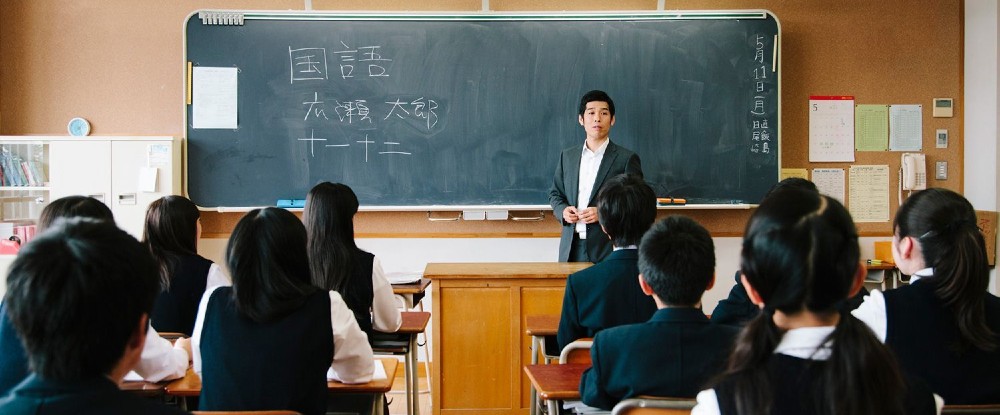The Japanese education system has long been an inspiration to the education sector across the globe. The country has been
registering the most enrollments compared to other parts of the world and continuing to maintain a high-performance culture.

The Covid-19 pandemic has, however, created disruptions in the Japanese education system as it has elsewhere in the world.
Like most other countries, Japan is experiencing some serious challenges to its education system.
- Children Staying Out of School
Even with students back at school, the closure of schools that took place last year caused significant disruptions. For an
education system that runs almost the entire year, the syllabus has been majorly disrupted.
- ICT Gap
Establishing online classes has also been challenging as there is the ICT gap - the disparity in access to technology. While
Japan is known to be a technology-driven country, much of this is not reflected in the education system. This has contributed
further to education inequality. While private schools get the benefit of classroom compensation, public schools
are still struggling.
- Increased Infections at Schools
Most students in Japan utilize public transportation, which contributes to keeping the infection rate high. Although school
administrations in Japan have come up with measures to mitigate the spread of the virus, it is not enough. The guidelines
have not been strong enough to prevent the spread of the virus.
Japanese Schools Reopening
The Japanese education sector has decided to stick to the education calendar. Students are going to school, with some
changes of course. Attendance may be staggered, with new attendance guidelines in place.
Students are attending classes and working on their assignments with the help of term paper writing by writepaper.com services. While at
one level it is business as usual, a lot of effort is being dedicated to ensuring that the students are protected.
Changes in Japanese Education amid Covid-19
While the syllabus remains the same, a lot has changed in the way things are run in the schools. And not just for time
being - some of the changes are bound to change the future of education in the country.
- Alternate Attendance
Students have to attend classes on alternate days to allow room for social distancing. Before Covid-19, students would
attend workshops after classes, but now they are required to go home early.
- Silent Lunches
Shared lunches in the classrooms are one of the unique things about schools in Japan. They are designed to create a sense
of community in the classroom and allow students to make friends.
Things are different now as they have lunch facing forward and in silence, in order to prevent the virus's spread. Students
are missing out on the breaks which were initially designed to support interaction. However, they are glad to be back at
school as they find home studies challenging.
- An Opportunity for Japanese Education to Upgrade
The Japanese education sector has now more than ever seen the importance of upgrading its systems. Investment in technology
will be at the forefront. The emergence of the pandemic brought about significant challenges in class compensation.
On this last point, the experience has brought attention to the need to integrate technology while also shining a spotlight
on the education gap between private and public education in Japan.
Stakeholders in the education sector are looking to bridge this gap. Borrowing inspiration from online learning, blended
learning is set to be a part of Japanese education.
We are talking about the use of different educational tools to transfer knowledge to the students. Transferring tasks such
as vocabulary classes online will help create more time for the activities that require physical interaction, such as
workshops.
Take Away
Schools in Japan have handled the pandemic pretty well despite the various challenges they are facing. The technology gap
has been the biggest challenge, but this has motivated changes in the education sector. Technology is set to become an
essential component of Japanese education, which is something that did not exist before.
There are guidelines in place to prevent an increase in the number of infections in schools. The changes have also motivated
the need for self-directed learning, which in the future will also be beneficial to the education sector. It would be safe
to say that the pandemic has made Japan's education system even stronger.

